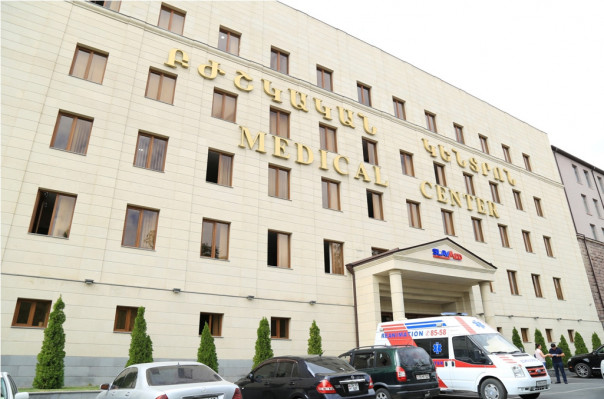How is uterine prolapse treated?

The uterine prolapse is a condition where the uterus falls into or completely out of the vagina. The main treatment method recommended in such cases is surgery.
The head of maternity hospital and gynecology department of Slavmed Medical Center Vardan Rapyan in conversation with NEWS.am Medicine explained that depending on the woman’s age and desire to have a child, either a radical hysterectomy (complete uterus removal) or surgery aimed to preserve the function of the uterus can be performed. The doctor clarified that the uterine prolapse is a condition that commonly occur in women of an average age. As a rule, the disease is expressed by the dysfunction of the uterus and adjacent organs. The main complaint involves the descent of the uterus and cervix down the vaginal canal. This phenomenon can lead to urinary frequency, a feeling of incomplete emptying of the bladder, in some cases urine leakage (incontinence), sensation of heaviness or pulling in the pelvis as well as pain. Uterine prolapse often results also from mechanical wounding even due to friction with clothing. This problem is prevalent in parous women or in those having tissue changes, which usually results from childbirth, ruptures, macrosomic delivery, connective tissue defects, and so on.

“If a patient already has a mild uterine prolapse and at the same time it doesn’t affect the woman’s quality of life, then we, the specialists of the department of gynecology of Slavmed Medical Center, advise her it to be careful and eliminate the intra-abdominal pressure increasing factors such as chronic constipation, cough, etc. And if the uterine prolapse is accompanied by severe symptoms including lower abdominal pain and pain in vagina, micturition disorders, vaginal discharges, bowel transgression, then surgery is recommended if only there are no direct contraindications”, the doctor said.
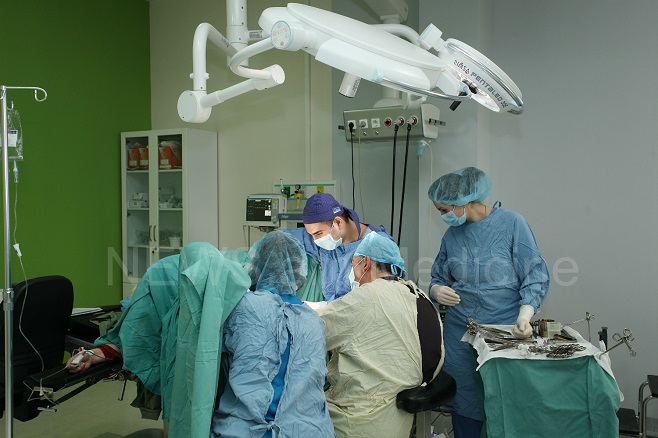
If there are contraindications, a cure can be ring pessaries placed in the vagina to hold the prolapse in place. However, Vardan Rapyan does not consider such kind of treatment to be the best choice since there is an infection risk. As a prescribed cure for the prolapse in elderly women he recommends surgical treatment age permitting.
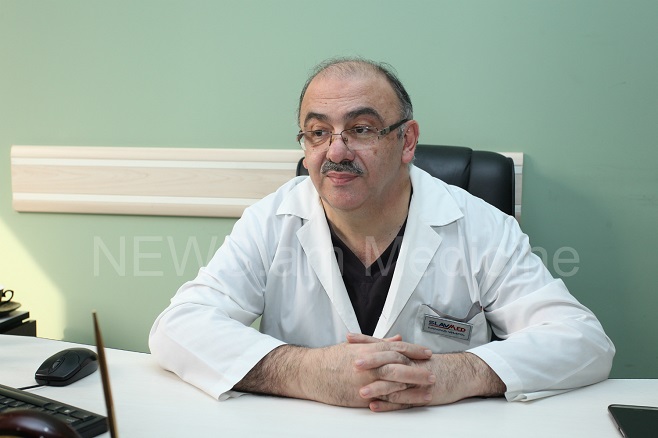
“If we take into consideration the fact that the uterine prolapse is most common with middle-aged and older women and there is no need to give birth any longer and the menstrual cycle is completed, then the treatment is based on the removal of the uterus,” he said. In such a case, according to the doctor, the uterine prolapse or fallen uterus occurs due to the weakening of the ligament and fascia and is accompanied by the prolapse of other adjacent organs of small pelvis that is bladder and straight intestine. That’s why during the surgery, after the removal of the uterus, not only vaginoplasty and the fixation of the uterus to the sacral promontory should be carried out but also the fixation of straight intestine and bladder.
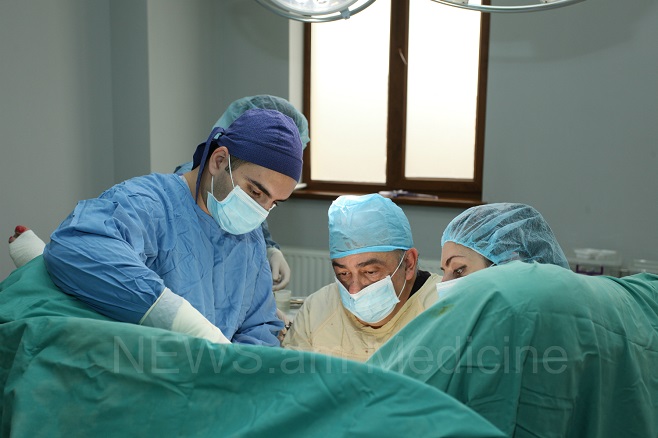
Vardan Rapyan clarified that the uterus prolapse should be considered a type of hernia, and then it becomes clear that increased abdominal pressure equally affects all three adjacent organs and all these disorders should be eliminated during surgery. After surgery, women should be explained that in order to avoid reoccurrences all possible factors that may contribute abdominal pressure should be eliminated including regulation of intestinal function, chronic cough treatment, limiting heavy lifting and so on.
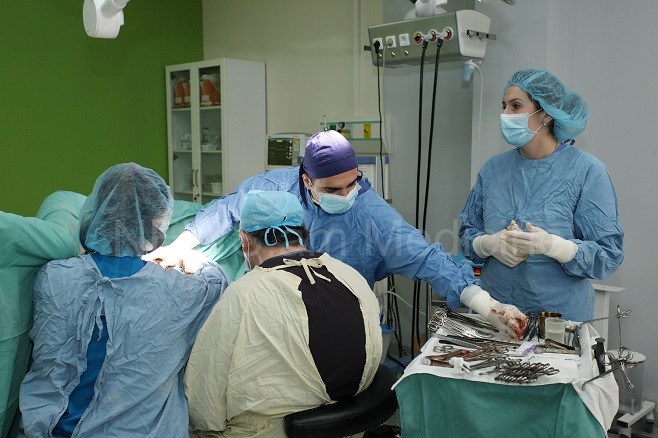
Reminder that, Slavmed Medical Center for the beneficiaries of social packages offers absolutely free of charge surgical treatment for gynecological issues such as removal of uterine nodules, repair of uterine development defects, partial or complete removal of uterine cervix, vaginal removal of uterus, ovarian and uterine tubes surgery, bladder prolapsed surgery, uterine prolapse surgery, restoration of postpartum perineal tearing, removal of cysts and abscesses in external sex organs and so on.
